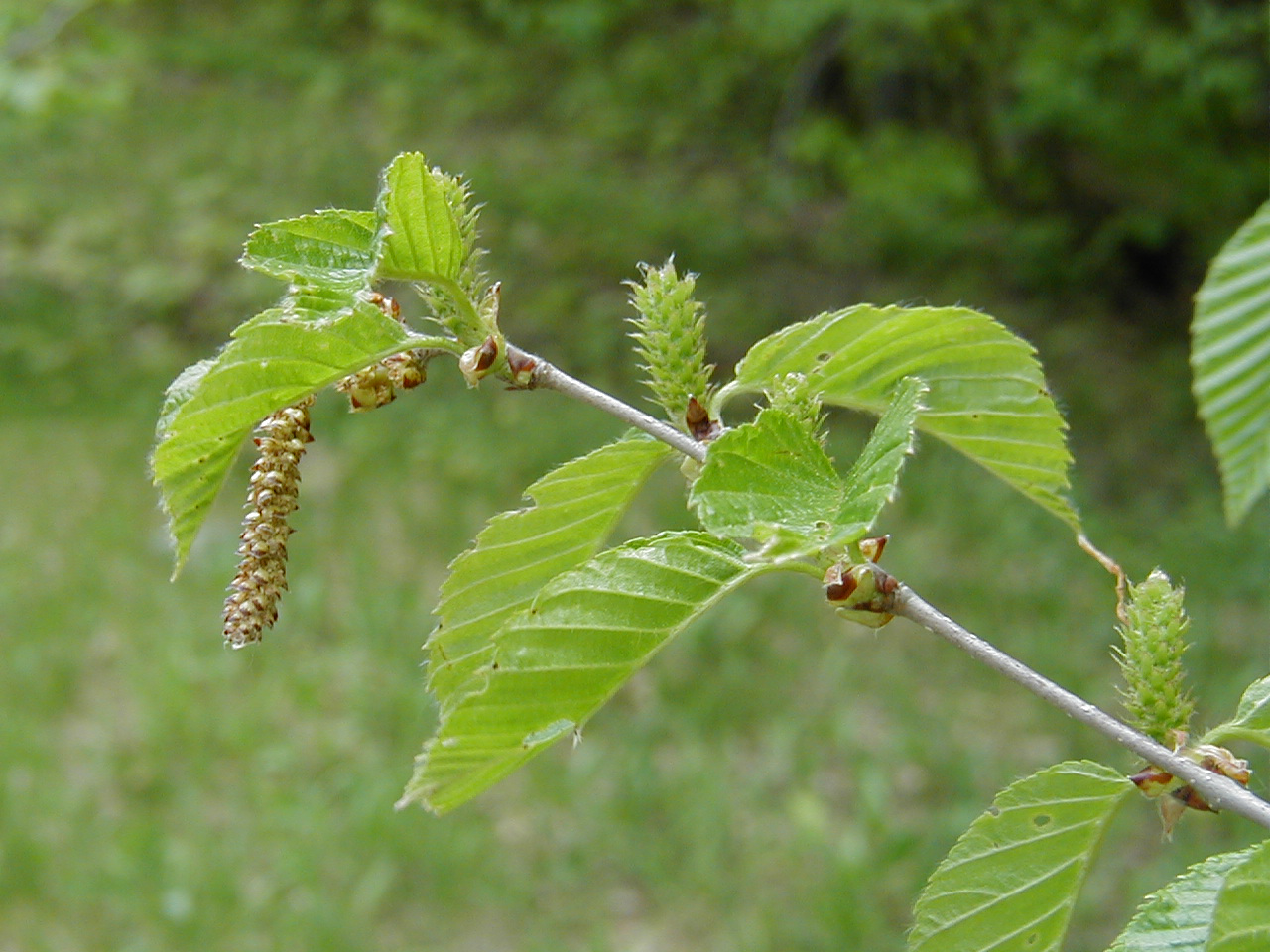Project Overview

Upland deciduous forest is the most common habitat type at Teatown. The most common species that dominate Teatown’s forests to create various natural communities are oak, hickory, maple, beech, birch, and tulip poplar. The forests of northern Westchester County and throughout much of the northeast are threatened by numerous factors including overabundant deer, invasive species, climate change and development. While these issues are often connected such that one may occur or worsen because of the presence of another, overabundant deer are considered the greatest current threat to the forest ecosystem. White-tailed deer overabundance has been extensively studied at Teatown since 2009. A healthy forest, defined as one with a dense understory of native trees and shrubs, is necessary for the forest to continue thriving into the future and to support all organisms within it. Anecdotal observations of loss of the understory started in the 1980s. To address the forest health issues, Teatown initiated a deer management program in 2014 and has an invasive management plan. To understand the success of our management programs and to determine if other management activities are needed, forest monitoring of forest plots was initiated in 2015 and is ongoing.
Objectives
The goal of long-term forest monitoring is to record the structure and composition of our oak-dominated forests, and to monitor changes in the forest ecosystem over time.
Dataset Availability
Downloadable: 15 datasets
See the full list of available dataTags
No tagsStatus - Active
Start date: 2015-09-01
Anticipated end date: 2022-08-05
Study Area

